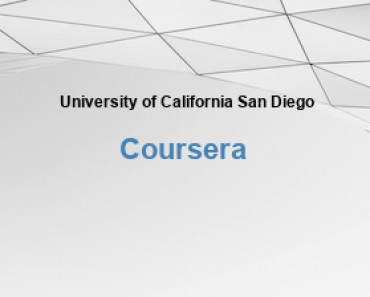Description
Have you wondered how information from physical devices in the real world gets communicated to Smartphone processors? Do you want to make informed design decisions about sampling frequencies and bit-width requirements for various kinds of sensors? Do you want to gain expertise to affect the real world with actuators such as stepper motors, LEDs and generate notifications?
In this course, you will learn to interface common sensors and actuators to the DragonBoard™ 410c hardware. You will then develop software to acquire sensory data, process the data and actuate stepper motors, LEDs, etc. for use in mobile-enabled products. Along the way, you’ll learn to apply both analog-to-digital and digital-to-analog conversion concepts.
Learning Goals: After completing this course, you will be able to:
1. Estimate sampling frequency and bit-width required for different sensors.
2. Program GPIOs (general purpose input/output pins) to enable communication between the DragonBoard 410c and common sensors.
3. Write data acquisition code for sensors such as passive and active infrared (IR) sensors, microphones, cameras, GPS, accelerometers, ultrasonic sensors, etc.
4. Write applications that process sensor data and take specific actions, such as stepper motors, LED matrices for digital signage and gaming, etc.
Price: Enroll For Free!
Language: English
Subtitles: English
Internet of Things: Sensing and Actuation From Devices – University of California San Diego
TUN Helps Students!
Scholarships
Community
Copyright, 2025 – TUN, Inc

